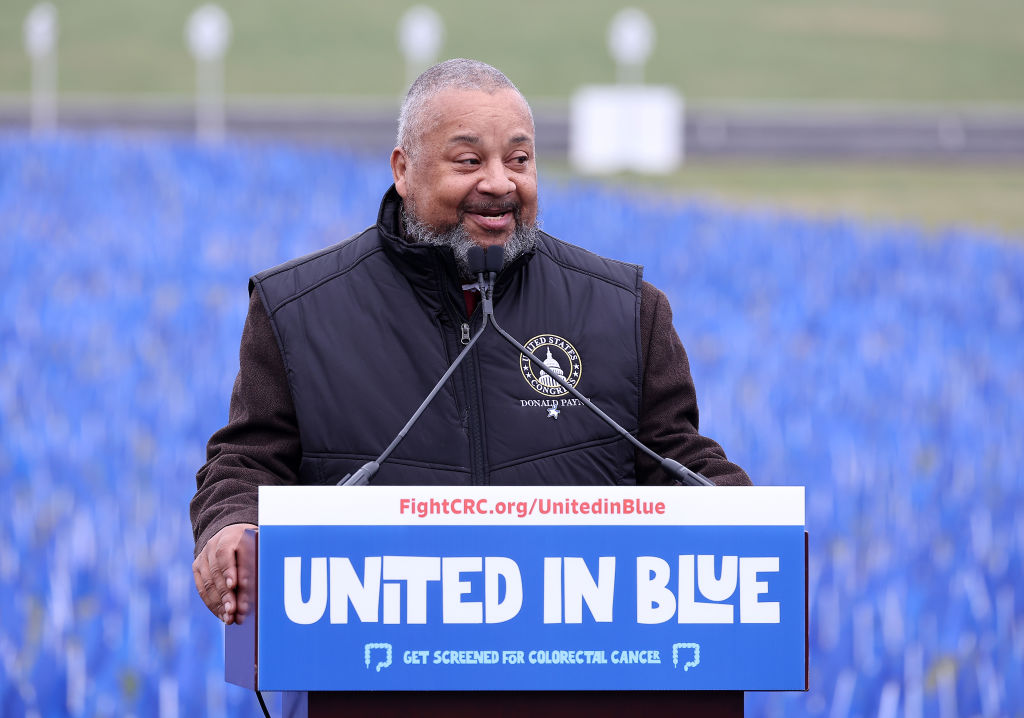They were TV's biggest whodunits of first half of the 1990s: who killed Laura Palmer, and who killed Nicole Brown Simpson and Ronald Goldman. One case was fictional, the other tragically all-too-real, with both, to differing extents, brimming with surreal moments.
Each became a national obsession and changed television. Their impact may not be over: This week brought the separate news that David Lynch plans new episodes of "Twin Peaks" and that a miniseries based on the O.J. Simpson case is on tap. The efforts promise a double dose of back-to-the-future glimpses into the 1990s.
The revived interest in both sagas is rooted, at least in part, in timing – it’s the 1990s’ turn to ride the pop culture nostalgia wave, which tends to ripple in more or less two-decade increments. "Happy Days," a sitcom about the 1950s, was a 1970s hit. "That ‘70’s Show" landed in 1998.
"Twin Peaks" found new audiences via Netflix, and the show’s planned 2016 return, via Showtime, is tied to the 25th anniversary of its last episode on ABC. The recent 20th anniversary of the Simpson case killings spurred renewed media interest, and we can expect the same for next year’s 20th anniversary of O.J. Simpson's acquittal.
But the lure rests in far more than the calendar. Both the real and fictional murder investigations offered glimpses behind the closed doors of seemingly idyllic communities (quiet Twin Peaks, WA, and the high life of Los Angeles, CA). Both yielded memorable oddball characters (Kato Kaelin, meet the Log Lady). Both generated catchphrases (“A damn fine cup of coffee” vs. “If it doesn’t fit, you must acquit”).
Most significantly, “Twin Peaks” and the saturation coverage of the real-life killings got mass audiences talking, well before social media. That the country went from obsessing over a TV show to becoming consumed three years later by a gruesome double murder perhaps says something about the popular culture that’s uncomfortable to hear, even all these years later.
The Simpson case, as previously noted, presaged much of the current state of media – from the growing, Internet-fueled mania over celebrities to the popularity of Reality TV (“Keeping up with the Kardashians” and the “Real Housewives” franchise are descendants) to the boom in “CSI”-type crime shows driven by forensic detective work.
U.S. & World
“Twin Peaks,” for all its quirk and creepiness, stands as a more positive force. Lynch helped set the stage for non-traditional, deeper and more ambitious TV storytelling that’s played out, largely on cable, in dramas like “The Sopranos” and “Mad Men.” Perhaps the closest current spawn of “Twin Peaks” is “American Horror Story,” whose producer, Ryan Murphy, is behind the planned Simpson miniseries for FX.
The Simpson show – based on Jeffrey Toobin’s “The Run of His Life: The People v. O.J. Simpson,” the best of the books about the case – will kickoff a new anthology series called “American Crime Story,” an appropriate name for a genre that fits both the real murders and a TV show that celebrated cherry pie. It’s no mystery why audiences likely will be watching and talking all over again.
Jere Hester is founding director of the award-winning, multimedia NYCity News Service at the City University of New York Graduate School of Journalism. He is also the author of "Raising a Beatle Baby: How John, Paul, George and Ringo Helped us Come Together as a Family." Follow him on Twitter.



